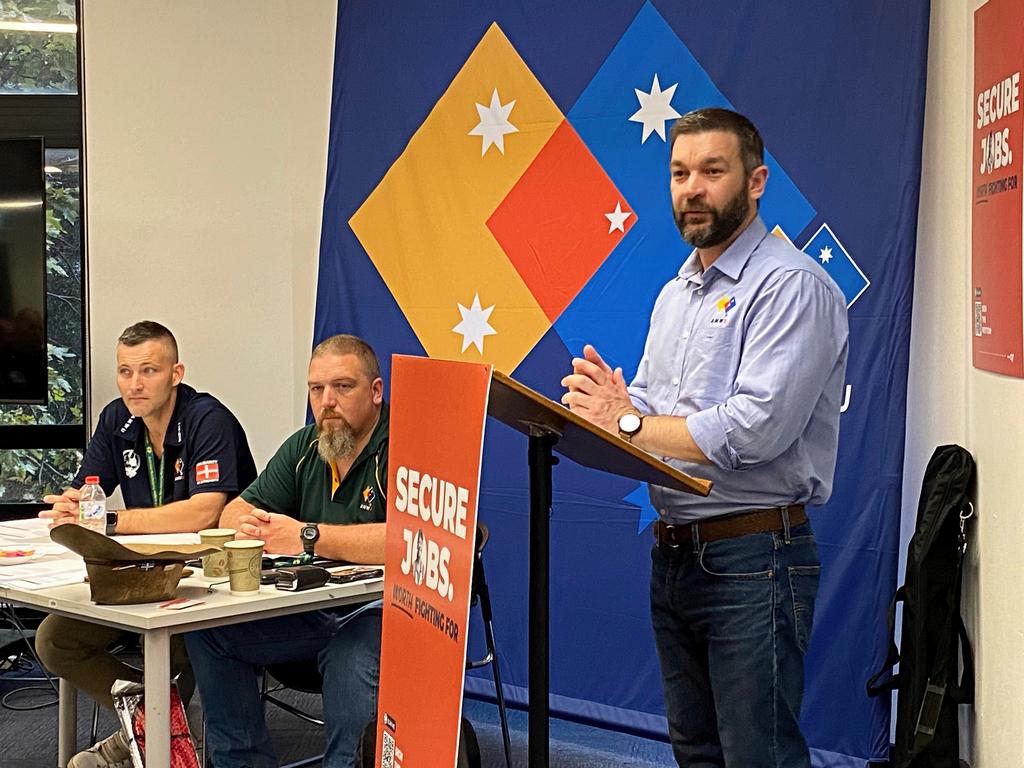First public sector multi-employer deal delivers for arts workers
First public sector multi-employer agreement under Labor’s workplace laws delivers pay rises for 1800 workers.

More than 1800 workers at arts and cultural institutions, including the National Gallery of Victoria, have won significant pay rises, new leave entitlements and better casual conversion rights under the first public sector multi-employer agreement struck under Labor’s workplace laws.
In a win for workers, the Community and Public Sector Union’s Victorian branch struck the four-year agreement that covers employees of the NGV, Museums Victoria, State Library Victoria, the Australian Centre for the Moving Image and VicScreen.
The agreement allows for annual 3 per cent pay rises, but because of delays in finalising the deal workers will get an upfront 6 per cent wage increase with 3 per cent backdated to May 2024 and a second 3 per cent rise backdated to May 2025.
Workers also will receive a $5600 one-off lump-sum payment; a 1.25 per cent annual mobility payment to compensate workers for meeting surge workforce needs; a 2 per cent progression payment; and a 1.5 per cent “top of grade” payment.
In line with the federal workplace laws passed by Labor, casual workers covered by the agreement will have greater rights to convert to permanent employment and their employers will have to limit their use of casual and fixed-term contracts.
Workers also have won access to paid reproductive health leave and disability support leave.
Under a national union push for 10 days of reproductive and preventive health leave a year, workers could take paid leave for IVF treatment, vasectomy recovery, prostate or breast cancer screening, and chronic conditions related to menstruation and menopause.
The Victorian agreement came as the Fair Work Commission approved the first contested multi-employer bargaining claim under the federal legislation, supporting the right of unions to bargain for a multi-enterprise agreement with 10 disability providers in Victoria.
Upholding the claim by the Australian Education Union and the Health Services Union, the commission found the providers had identifiable common interests and the funding model and their lack of capacity to finance over-award entitlements did not weigh against them bargaining together. “We find that granting the authorisation will open the prospect of improving rates of pay of a female-dominated workforce and that there has been a relatively low uptake of enterprise bargaining in the disability sector,” the commission said.
“We accept that the making of the authorisation will more readily facilitate participation of funding bodies in the negotiations. These are all matters which weigh in favour of the making of the authorisation.”







To join the conversation, please log in. Don't have an account? Register
Join the conversation, you are commenting as Logout